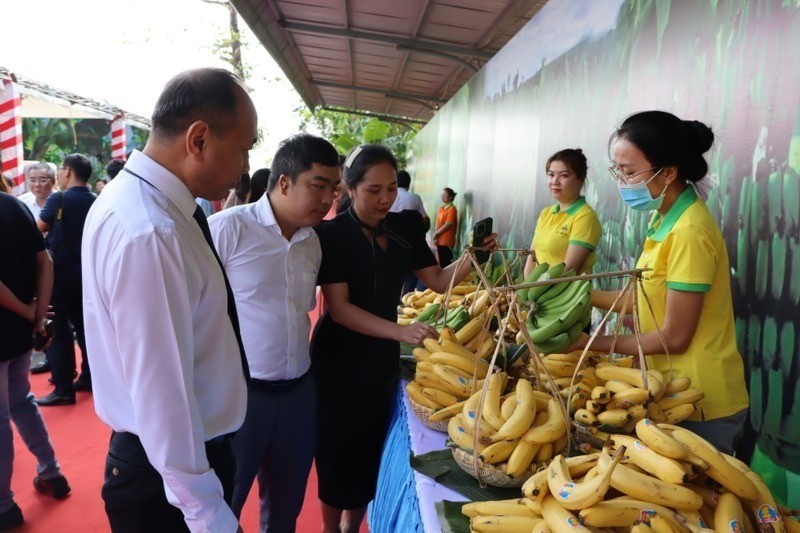
According to the Vietnam Trade Office in Japan, in 2024, Vietnam's agricultural, forestry and fishery export turnover to Japan will reach more than 4 billion USD with an average growth rate of more than 6%/year over the past 10 years. Agricultural and fishery products in high demand in the Japanese market are: seafood; roasted and ground coffee; packaged fragrant rice; fruit.
Regarding rice, in 2025, the export price of Vietnamese rice to Japan will increase sharply due to the continuous fluctuations in rice prices in this market, pushing up demand.
In 2024, the volume of rice imported from Vietnam increased nearly 10 times compared to 2023 and in just the first 5 months of 2025, Vietnam's rice exports to Japan exceeded the total export volume for the whole year of 2024. Items such as cashew nuts, fresh fruits (dragon fruit, coconut, lychee), and dried fruits are available at Japanese supermarket chains such as AEON, Don Quijote, and Ito Yokado.
As for fresh lychee, in the 2025 crop, Vietnamese enterprises exported about 200 tons to Japan. Fresh lychee is sold at retail systems and on online platforms such as social networks and Amazon.
In the first quarter of 2025 alone, Japan is Vietnam's fourth largest fruit export market with an increase of 22.8% over the same period in 2024.
Mr. Pham Thai Binh , Chairman of the Board of Directors of Trung An High-Tech Agriculture Joint Stock Company, said: In early June, the company exported 500 tons of low-emission rice to Japan. It is expected that in October, the company will continue to export about 2,500 tons of rice to Japan with two main varieties: ST25 and Japonica.
In addition to quality certifications such as ISO, HACCP, Global GAP, the company's rice has met Japanese organic standards (JAS), so there are many opportunities to increase market share in this market, especially in the condition that Japanese consumers prioritize using clean products, are willing to pay more for products with certification, traceability and strict standards.

In addition to staples such as rice and fruit, the Japanese market is also increasingly importing tea, seafood, and coffee from Vietnam.
Data from the Import-Export Department ( Ministry of Industry and Trade ) shows that in the first 4 months of 2025, Japan imported 8,000 tons of tea with a value of 56.04 million USD, of which tea imports from Vietnam increased sharply with an increase of 163.2% in volume and 555.6% in value compared to the same period in 2024.
Vietnam's tea market share in Japan increased from 0.29% in volume and 0.27% in value in the first four months of 2024 to 0.73% in volume and 1.58% in value in the first four months of 2025. Although the import volume from Vietnam is still low, the average import price of tea from Vietnam to Japan increased by 149.1% over the same period, proving that the quality of Vietnamese tea is more highly appreciated and there is a shift to high-value segments.
Regarding seafood products, Vietnam's exports to Japan in the first 5 months of 2025 reached 632.51 million USD, up 9.06% over the same period with many high-growth product groups such as: frozen fish, shrimp, crab, squid, octopus.
It is forecasted that Japan's seafood import demand in the third quarter of 2025 will increase sharply, creating an opportunity for Vietnamese businesses to boost exports.
In the coming time, to diversify agricultural products imported into Japan, Trade Counselor, Vietnam Trade Office in Japan Ta Duc Minh said: With the Japanese market, Vietnamese enterprises should not compete with low prices but should create product value through deep processing to increase value by 2-3 times; environmentally friendly packaging helps 60% of Japanese people prioritize buying; transparent traceability helps increase selling prices by 10-15%.
The packaging element alone needs to be in Japanese style with full Japanese information, simple and beautiful form, showing brand reputation, increasing consumption by 20-30%.
“Enterprises need to develop a systematic and long-term business orientation and plan for the Japanese market based on focusing on upgrading production processes, technology, management methods, labor standards, and factory conditions to meet Japan's technical, social, and environmental standards; promote trade promotion activities for the Japanese market; and pay attention to participating in international fairs and exhibitions held in Japan because this is the best opportunity to introduce products and goods to potential partners. In addition, it is necessary to ensure standardization of the entire supply chain to take advantage of tariff incentives from free trade agreements such as the Comprehensive and Progressive Agreement for Trans-Pacific Partnership (CPTPP), the Regional Comprehensive Economic Partnership (RCEP), and the Vietnam-Japan Economic Partnership Agreement (VJEPA) to create a clear advantage for agricultural products in the current competitive context,” Mr. Ta Duc Minh emphasized.
Source: https://baolaocai.vn/day-manh-xuat-khau-nong-san-sang-nhat-ban-post878754.html










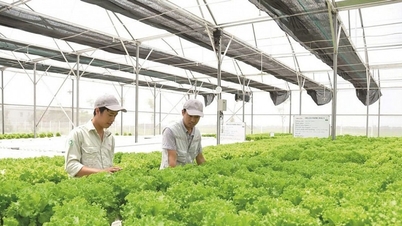

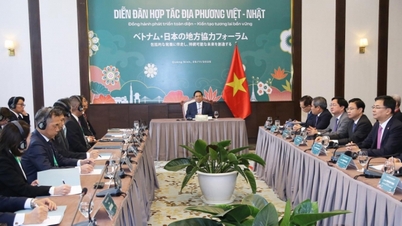





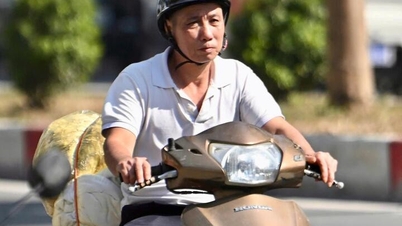
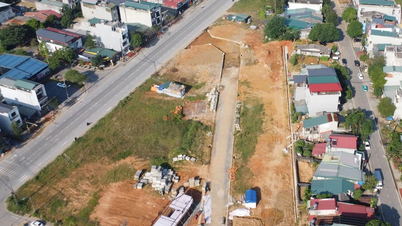
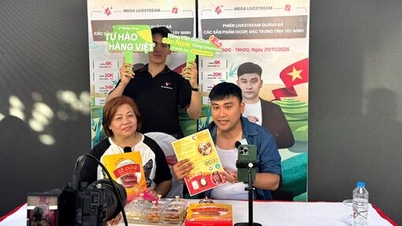


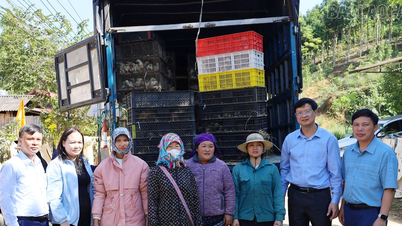
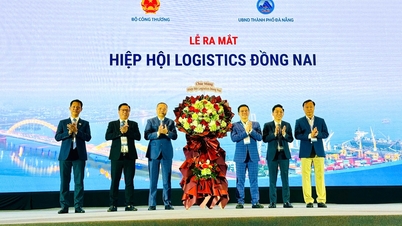







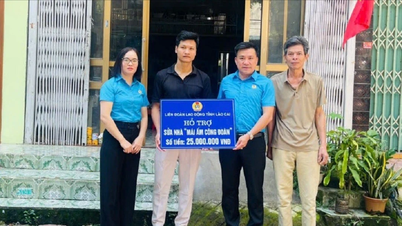
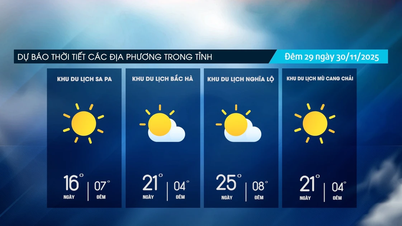
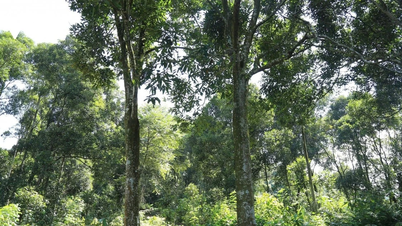
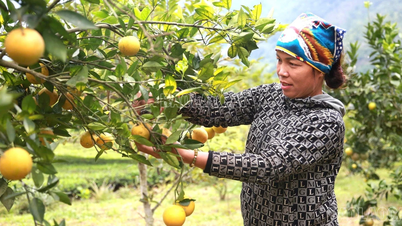



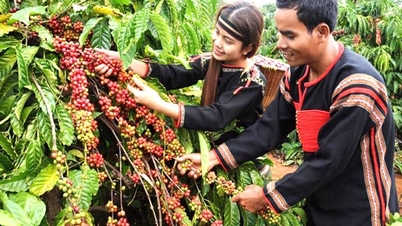







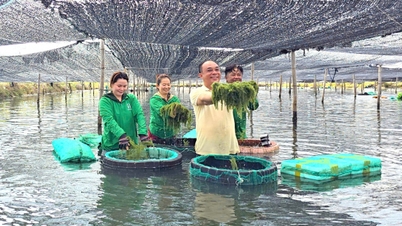















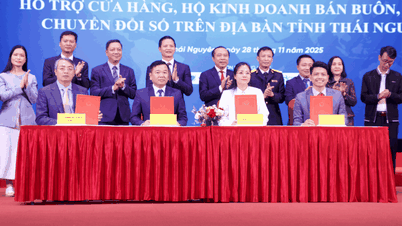
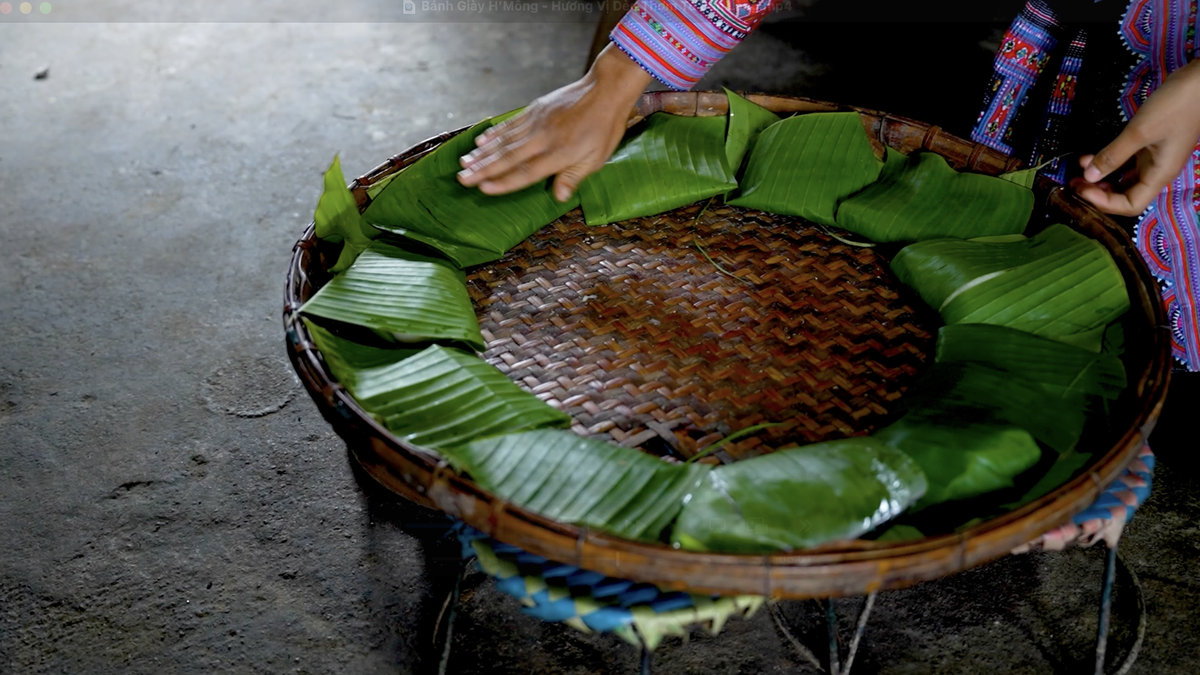

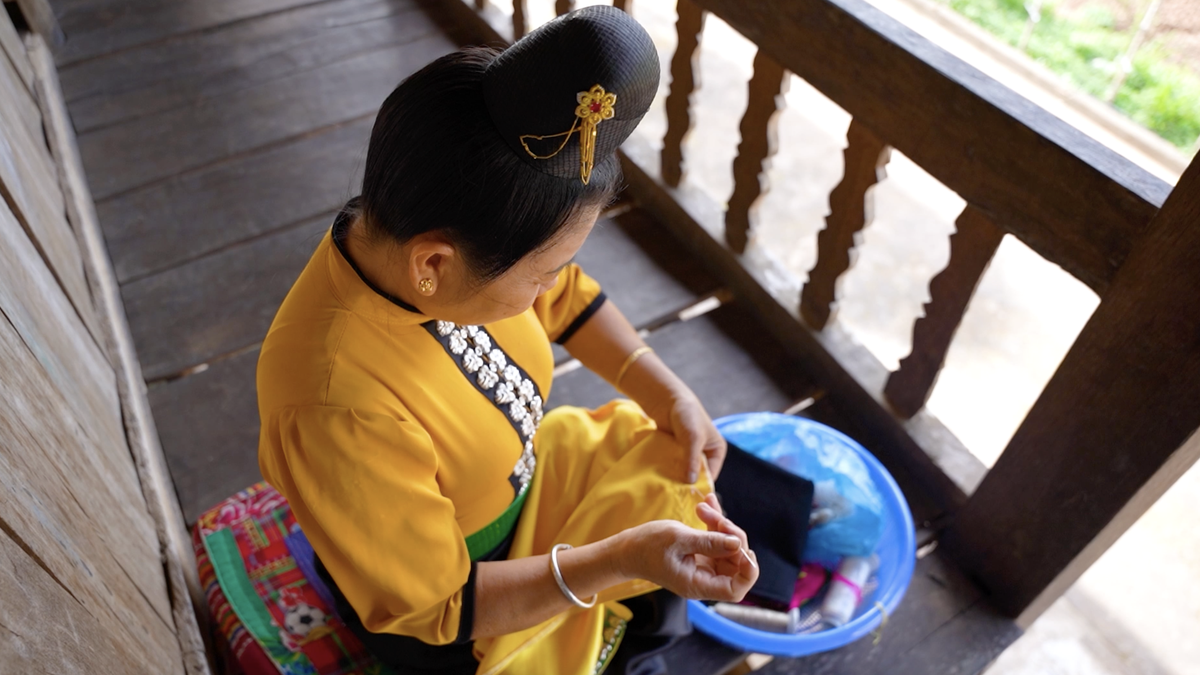

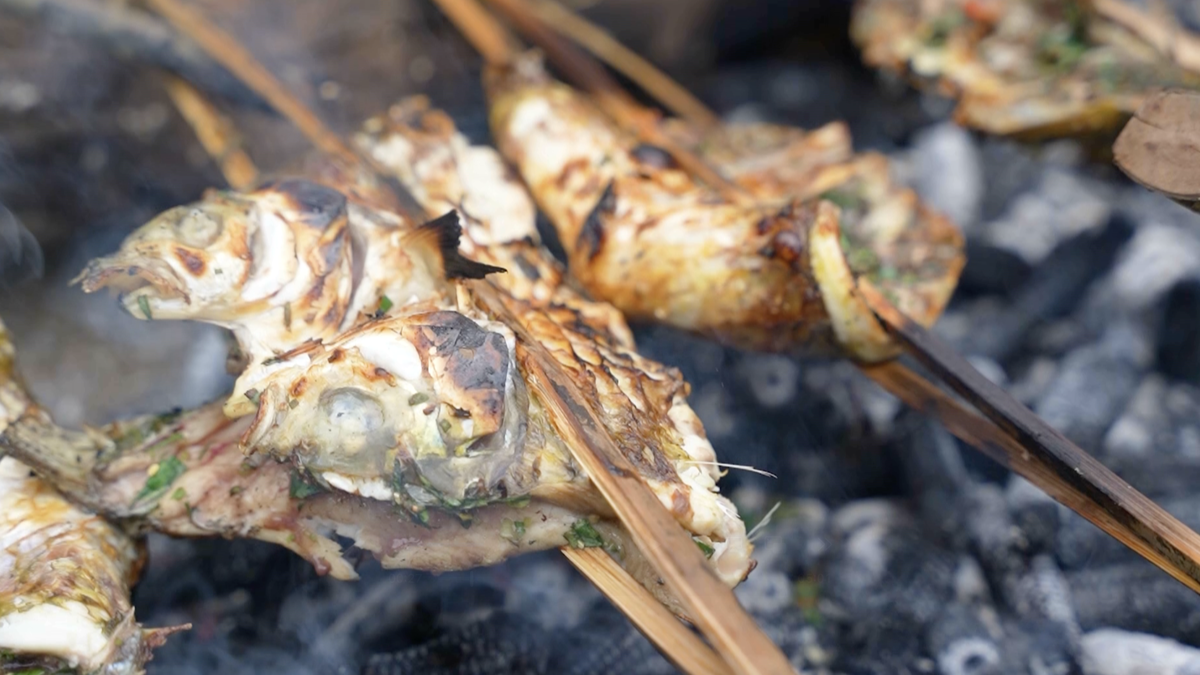



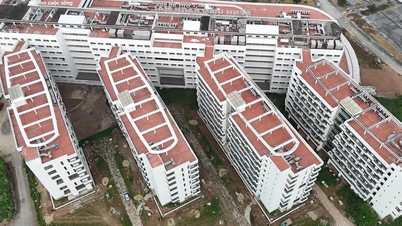

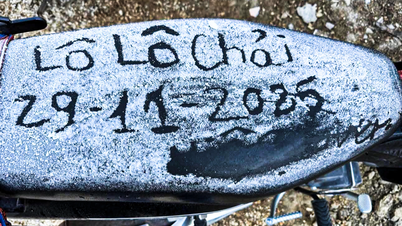












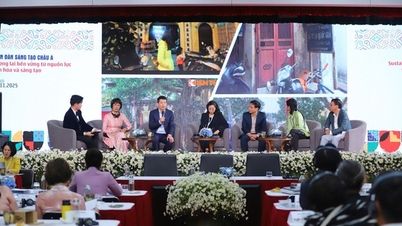


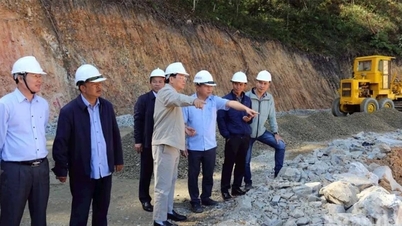




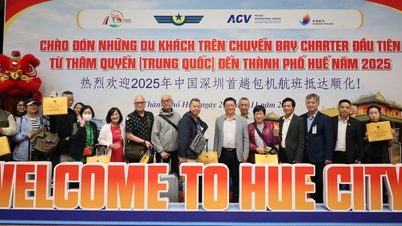










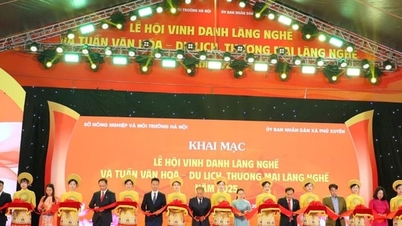

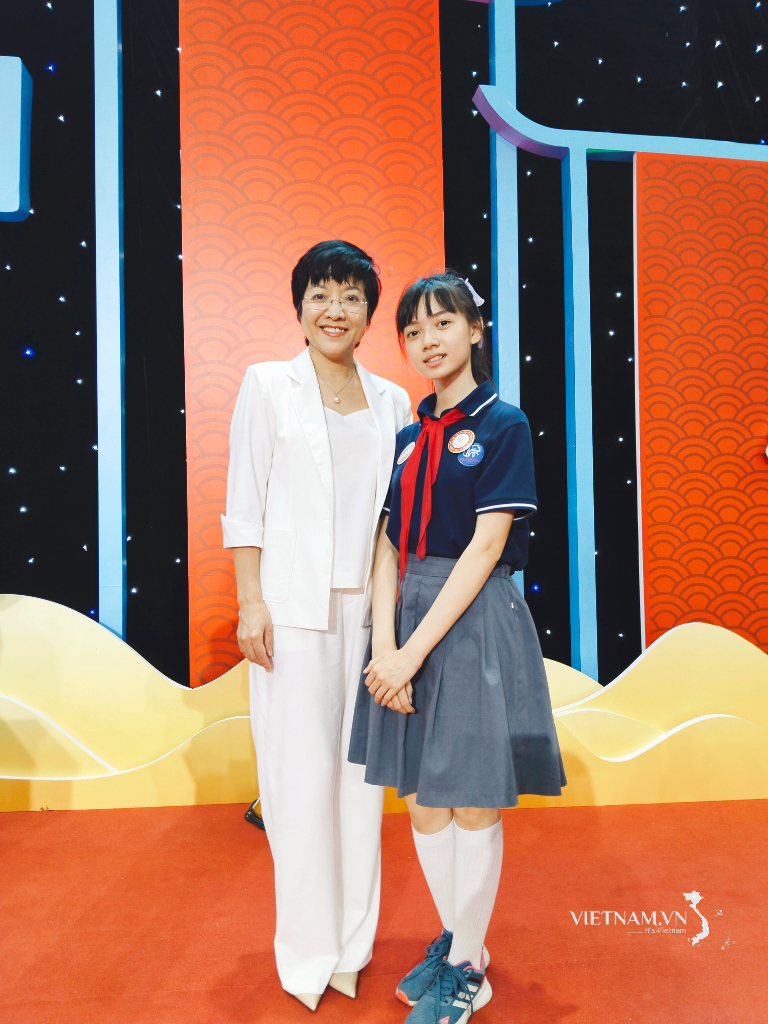

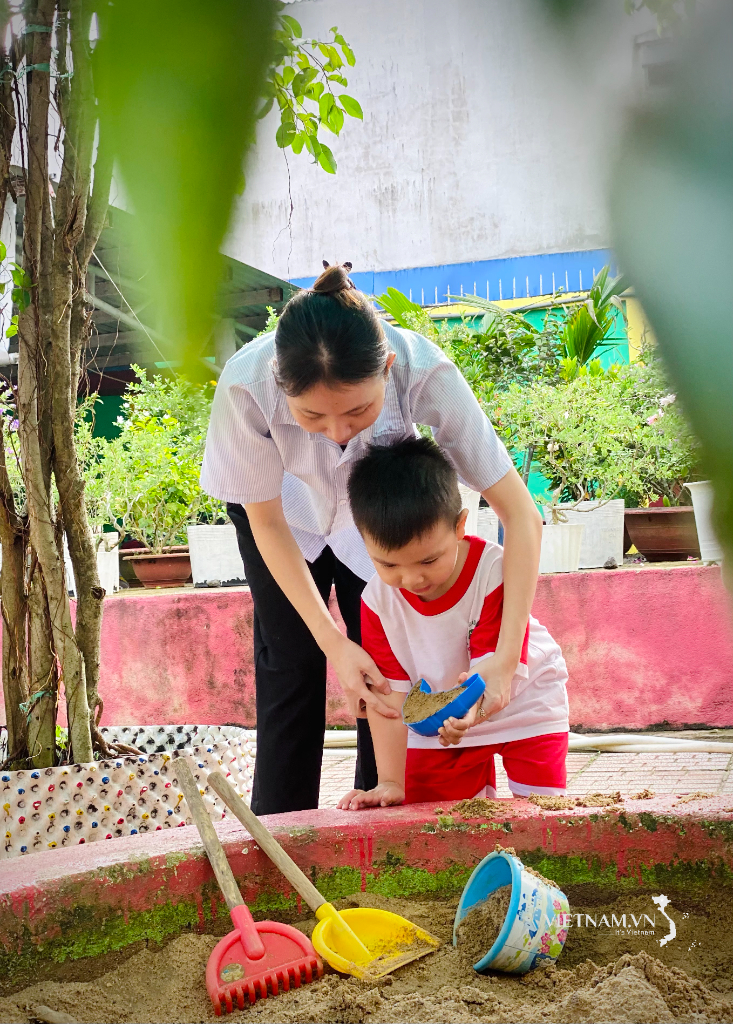

Comment (0)